Dr Nicolas Agustin Rubio, a dentist both in private practice and involved in higher education, began his dual training in implantology and prosthodontics at the University of Buenos Aires in Argentina, where he received his specialisation in prosthodontics. Later, Rubio spent a year in Mexico City in Mexico completing a residency in implantology. There, together with Dr Alejandro Treviño Santos, he began investigating different immediate loading protocols in edentulous patients. In this interview, Rubio shares his insight on some of his recent work, in which he evaluated the influence of non-passively fitting prostheses on implant osseointegration and possible implant displacement during the healing period.
Dr Rubio, could you summarise in a few sentences what your findings were?
First of all, we were able to confirm that interim fixed prostheses obtained from complete dentures by a chairside pick-up technique resulted in a clear misfit, which was obviously associated with the use of a considerable amount of acrylic resin, as is often the case in these procedures. Although the prostheses were successfully attached to the implants, tension was applied to achieve the fit. After eight weeks and without any clinical intervention, this strain was released. During our final tests, we could confirm that, in all cases, implant position had changed while prosthetic structure was conserved.
For what reasons did you conduct this study, and how do you think it is relevant for the future treatment of edentulous patients?
During our immediate loading protocols, we noticed that tension was present when installing our interim prostheses. After the healing period was complete, we observed that one or even all of the components (acrylic resin, abutments, implants, screws) had adapted to achieve a passive fit and release said tension. Understanding that implant position can be guided by abutments in the interim prostheses can save us valuable time in fabricating the final prosthesis from these abutments rather than the implant position to obtain a passive fit—very important in final restorations and apparently not so necessary during immediate loading.
What do you intend working on next?
I would like to continue with this line of work and try to develop new digital protocols in which virtual planning would serve as a starting point for final prosthetic manufacturing. No analogue or digital impressions should be needed if we have the abutment position registered, as implants can displace to fit the desired prosthetic planning. Moreover, I’m studying the influence of different pontic designs on prosthetic maintenance and patient comfort to improve long-term results.
Thank you very much for the interview.
Editorial note: The study, titled “Influence of nonpassive fit in immediate loading: A pilot study”, was published in the 3/2018 issue of the Journal of Oral Science and Rehabilitation.
Tags:
A graduate of Paris Descartes University (now the University of Paris), Dr Léon Pariente currently runs a private practice in the French capital that ...
Dr William Martin will be one of four speakers at the upcoming Osstell ISQ Online Symposium on 16 September. Martin, who is a prosthodontist and clinical ...
Immediate loading is increasingly being offered as a routine method in dental implant surgery. However, according to Dr Mauro Labanca, it should be handled ...
As implant dentistry continues to evolve to meet our patient’s demands for aesthetic tooth replacements with minimal downtime or inconvenience, the ...
Computer-aided implantology (CAI) was introduced more than 25 years ago with the aim of facilitating implant planning and avoiding intra-operative ...
In two days, IDS will open its doors for the 39th time. Even though several major competitors in the dental industry will not be participating, visitors can...
BURNABY, British Columbia, Canada: Immediate loading of dental implants, that is, placement of a restoration in occlusal function within 48 hours of ...
The following case report describes a successful immediate implant placement in a mandibular first molar position with Straumann TLX and an immediately ...
Thanks to the very high accuracy of modern intra-oral scanners, excellent design software and reliable production systems, restoring an implant with a ...
Live webinar
Mon. 12 January 2026
9:00 am EST (New York)
Prof. Judith Jones D.D.S; M.P.H., Prof. Kakuhiro Fukai D.D.S., Ph.D, Dr. Bathsheba (Bethy) Turton
Live webinar
Wed. 14 January 2026
12:00 pm EST (New York)
Dr. Théo Laplane, Dr. Robert Gottlander DDS
Live webinar
Fri. 16 January 2026
12:00 pm EST (New York)
Live webinar
Mon. 19 January 2026
1:00 pm EST (New York)
Philipp Kopp, Michael Seeber
Live webinar
Thu. 22 January 2026
2:00 pm EST (New York)
Dr. Nicola M. Grande DDS, PhD
Live webinar
Wed. 28 January 2026
8:00 am EST (New York)
Live webinar
Wed. 28 January 2026
11:00 am EST (New York)
Prof. Dr. Jan-Frederik Güth



 Austria / Österreich
Austria / Österreich
 Bosnia and Herzegovina / Босна и Херцеговина
Bosnia and Herzegovina / Босна и Херцеговина
 Bulgaria / България
Bulgaria / България
 Croatia / Hrvatska
Croatia / Hrvatska
 Czech Republic & Slovakia / Česká republika & Slovensko
Czech Republic & Slovakia / Česká republika & Slovensko
 France / France
France / France
 Germany / Deutschland
Germany / Deutschland
 Greece / ΕΛΛΑΔΑ
Greece / ΕΛΛΑΔΑ
 Hungary / Hungary
Hungary / Hungary
 Italy / Italia
Italy / Italia
 Netherlands / Nederland
Netherlands / Nederland
 Nordic / Nordic
Nordic / Nordic
 Poland / Polska
Poland / Polska
 Portugal / Portugal
Portugal / Portugal
 Romania & Moldova / România & Moldova
Romania & Moldova / România & Moldova
 Slovenia / Slovenija
Slovenia / Slovenija
 Serbia & Montenegro / Србија и Црна Гора
Serbia & Montenegro / Србија и Црна Гора
 Spain / España
Spain / España
 Switzerland / Schweiz
Switzerland / Schweiz
 Turkey / Türkiye
Turkey / Türkiye
 UK & Ireland / UK & Ireland
UK & Ireland / UK & Ireland
 Brazil / Brasil
Brazil / Brasil
 Canada / Canada
Canada / Canada
 Latin America / Latinoamérica
Latin America / Latinoamérica
 USA / USA
USA / USA
 China / 中国
China / 中国
 India / भारत गणराज्य
India / भारत गणराज्य
 Pakistan / Pākistān
Pakistan / Pākistān
 Vietnam / Việt Nam
Vietnam / Việt Nam
 ASEAN / ASEAN
ASEAN / ASEAN
 Israel / מְדִינַת יִשְׂרָאֵל
Israel / מְדִינַת יִשְׂרָאֵל
 Algeria, Morocco & Tunisia / الجزائر والمغرب وتونس
Algeria, Morocco & Tunisia / الجزائر والمغرب وتونس
 Middle East / Middle East
Middle East / Middle East

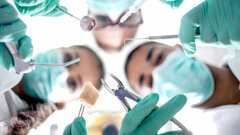


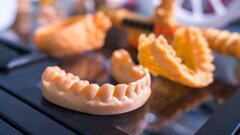


















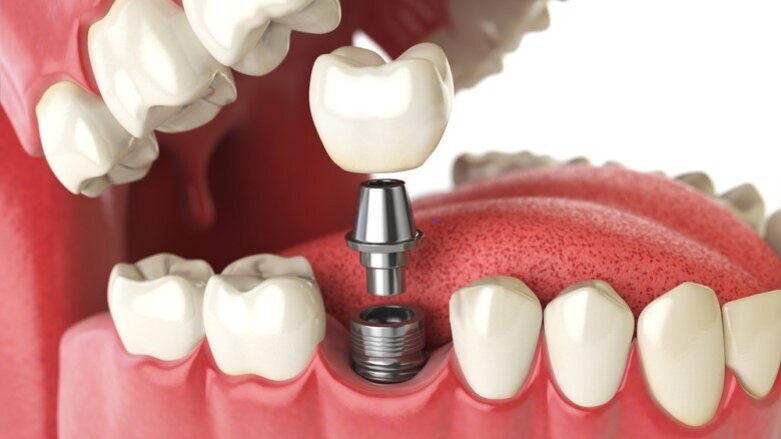

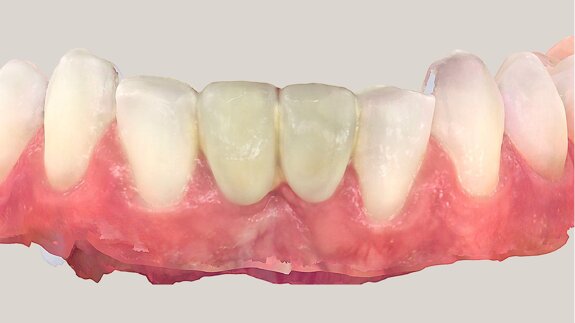

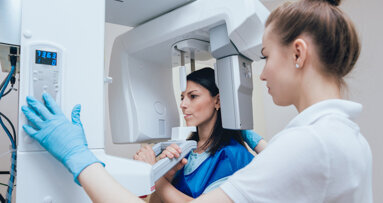
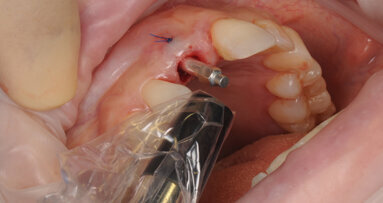

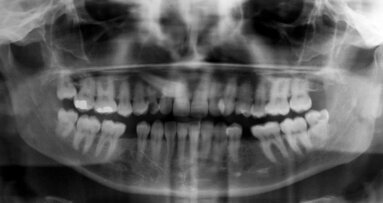
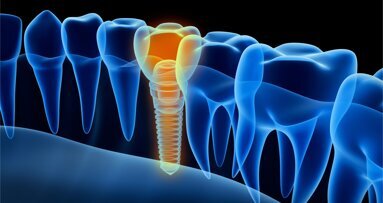
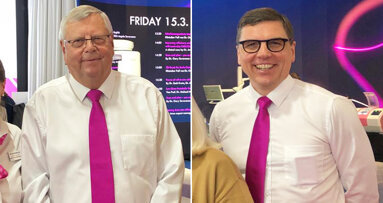
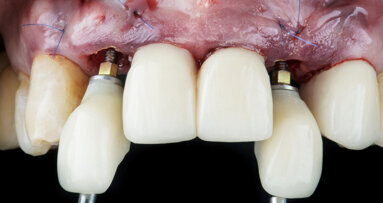
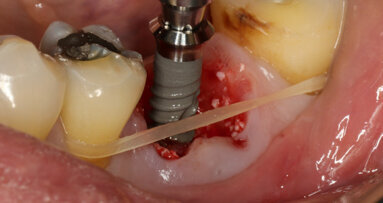
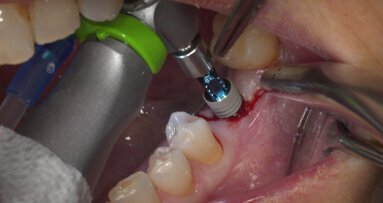










To post a reply please login or register